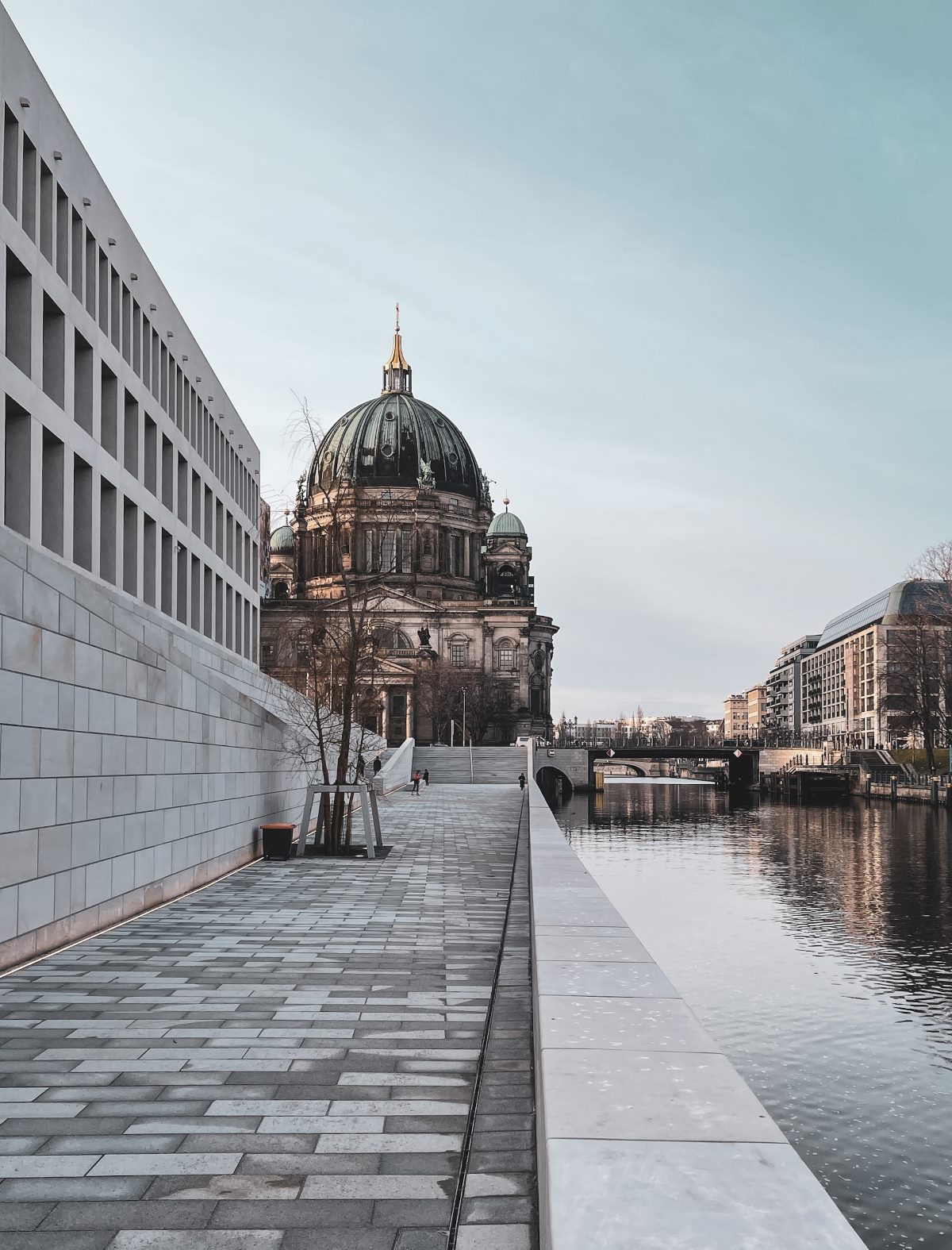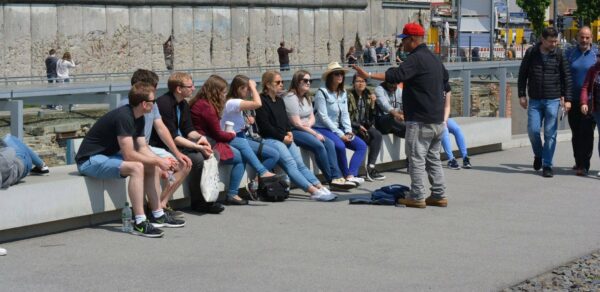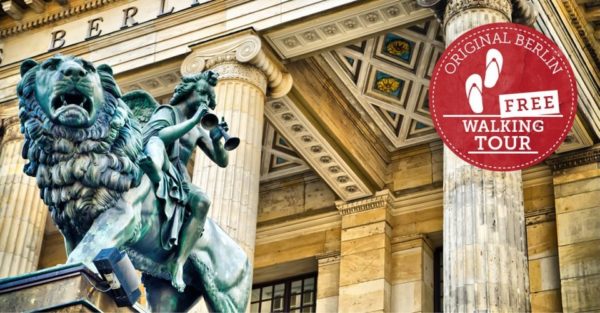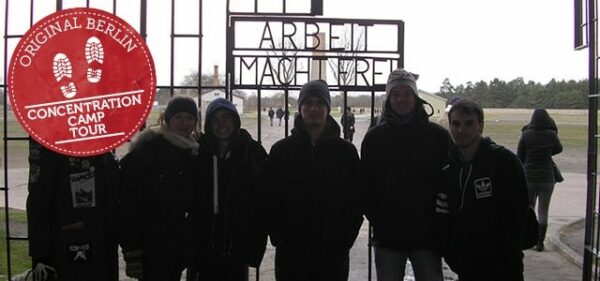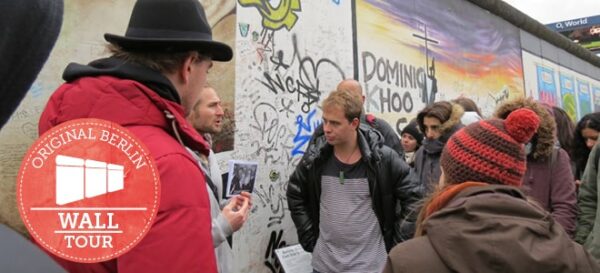If you are planning on going to Berlin you should definitely go to Checkpoint Charlie. This checkpoint is well known and now is an interesting piece of the history as it divides the city during the Cold War. Hopefully, in this blog post, you will be able to get a brief insight into why Checkpoint Charlie is still important and why people come to visit it.
Cold War and the Split of Berlin
Following the end of the Second World War it was occupied and administratively divided into four sectors controlled by America, Britain, France and the USSR. The conflict between the superpowers of the Soviet Union and the Western Allies soon degenerated into Cold War, a political and ideological struggle.
It is important to remember that in early 1961 The ‘Berlin Wall’ was built to separate east Berlin which was overseen by Soviet Union while West Berlin was overseen by the western Allies. this was the reason that checkpoint charlie was set up as the border between these two sectors.
An analysis of checkpoint Charlie and the importance of symbolism in history.
Checkpoint Charlie rose quickly to become one of the most renowned symbols of the cleavage between East and West. Standing in front of it was a manifestation of the polarization that was the Cold War the communism and democracy struggle.
Further, Checkpoint Charlie is abbreviated from the NATO phonetic alphabet for the letter “C” by the Western Allies. The other checkpoints had handles with alphabetic rate such as, ‘checkpoint Alpha’ and ‘checkpoint bravo’.
Going To Checkpoint Charlie Today
Today Checkpoint Charlie is an effective historical landmark and many people from all over the world come to visit this spot. When you visit, you will also see the replica of the old guard and house/ checkpoint sign. The old guardhouse was demolished in 1990 but its look is well replicated to give visitors a feel of brave days of Cold War.
You can also find another exhibit that is an open air type known as the Wall Museum – Museum Haus am Checkpoint Charlie. This museum focuses on the history of the Berlin Wall and the fates of people who tried to get over it. They are of incidental interest in providing a snapshot of what was happening during the Cold War era.
Checkpoint Charlie: How to Tips
Try to go on a weekday or early in the morning if you want areas and attractions to yourself.
Do not rush and spend time to examine the information presented in the panels at the exhibition.
Also, it is recommended to go to surrounding sites, for instance, the Topography of Terror and the Berlin Wall Memorial.
It is possible to take a guided tour to take a closer look at all the materials presented in addition to the historical background of the building.
As you leave the checkpoint do not neglect to take a photo with the sign marking the Cross Border Point.
Conclusion
This is one of the most important check points of the cold war period and now serves as a symbol of the struggle. It symbolises the geographical and political division of Berlin, and it is a symbol of freedom and democracy.
Visit to Checkpoint Charlie is an important experience as people can get the information of this peculiar period of history and can honor the memory of those people who suffered from division of the city. So, it should go without saying that it must not be missed on a tour through Berlin, the city that is steeped in youth culture and history.
Table of Contents
